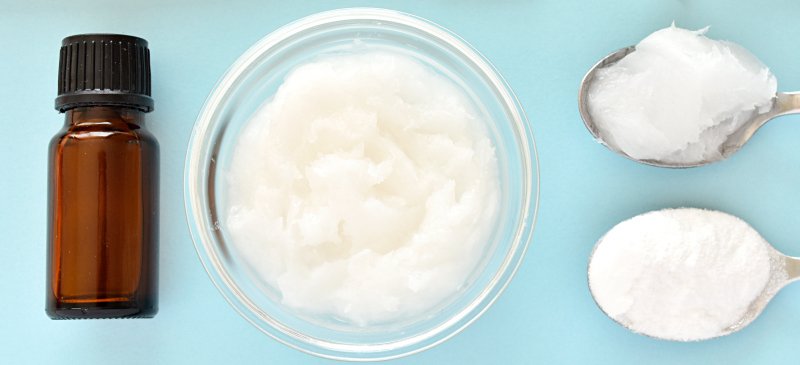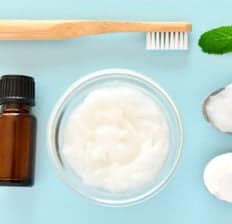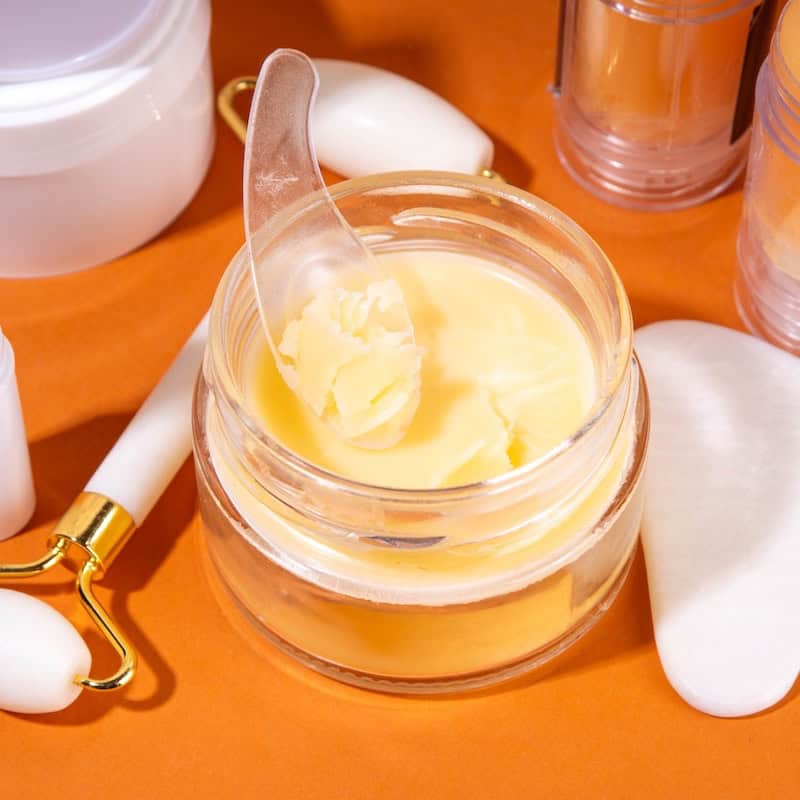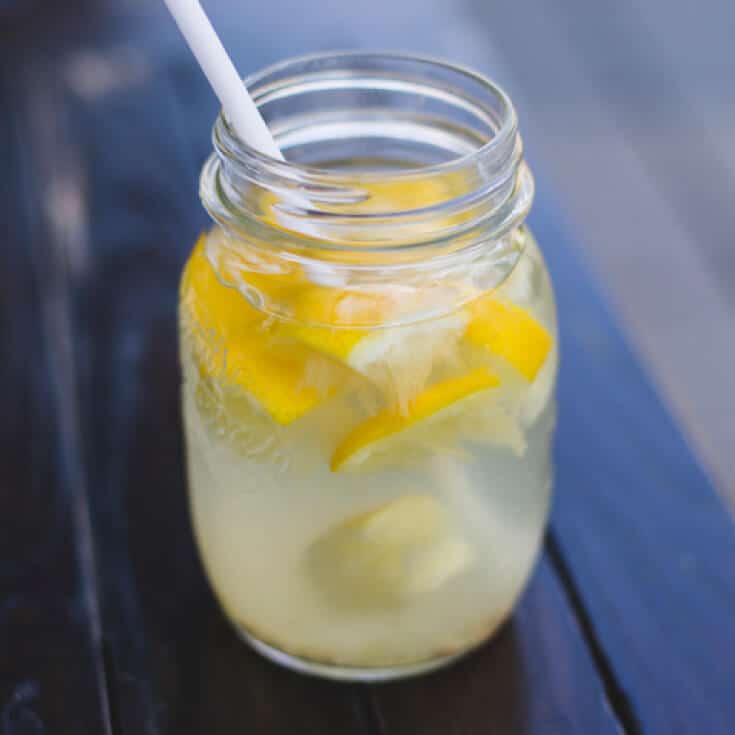This Dr. Axe content is medically reviewed or fact checked to ensure factually accurate information.
With strict editorial sourcing guidelines, we only link to academic research institutions, reputable media sites and, when research is available, medically peer-reviewed studies. Note that the numbers in parentheses (1, 2, etc.) are clickable links to these studies.
The information in our articles is NOT intended to replace a one-on-one relationship with a qualified health care professional and is not intended as medical advice.
This article is based on scientific evidence, written by experts and fact checked by our trained editorial staff. Note that the numbers in parentheses (1, 2, etc.) are clickable links to medically peer-reviewed studies.
Our team includes licensed nutritionists and dietitians, certified health education specialists, as well as certified strength and conditioning specialists, personal trainers and corrective exercise specialists. Our team aims to be not only thorough with its research, but also objective and unbiased.
The information in our articles is NOT intended to replace a one-on-one relationship with a qualified health care professional and is not intended as medical advice.
Homemade Remineralizing Toothpaste
June 21, 2021

Until very recently, toothpastes designed to remineralize (repair) enamel were prescription-only and all contained high levels of sodium fluoride (NaF), a substance that has been shown to be dangerous to your health (and many still contain this chemical).
Thankfully, dental researchers are starting to look for more ways to turn minor tooth decay around. Even better: you can now buy safe remineralizing toothpaste without a prescription or you make it yourself at home!
My Homemade Baking Soda Toothpaste has mild remineralizing qualities and so does my Homemade Probiotic Toothpaste, but for powerful remineralization action, you’ll need to up the ante a bit.
This homemade remineralizing toothpaste takes advantage of the remineralizing powers of natural ingredients like bentonite clay (rich in calcium), magnesium chloride, calcium phosphate, and clove oil.
Can these natural ingredients really help? Yes! Calcium phosphate, for example, has been shown in scientific studies to even be more effective at remineralizing teeth than fluoride.
Why Should You Use a Remineralizing Toothpaste?
We may think of our teeth as permanent structures, but the mineral building blocks (mostly calcium phosphate) in our teeth are in a constant state of flux, with some building blocks leaving and other new building blocks coming in to replace them.
If more building blocks are leaving than returning, you end up with porous tooth enamel (the outer layer that is supposed to be super-hard), which is more susceptible to tooth decay bacteria. This net loss of minerals is called tooth demineralization.
Can you turn tooth demineralization around? Yes! Encouraging more mineral building blocks to repair porous enamel and mildly decayed spots on your teeth is called remineralization. And it is a proven technology. This is great news because intact original teeth are better looking, stronger, and longer-lasting than teeth with even the best fillings in them (plus you are saved the discomfort of drilling and filling cavities).
If your teeth are prone to decay, you can really benefit from a remineralizing toothpaste for cavities. A high quality remineralizing toothpaste is a powerful way to deliver remineralizing compounds to your teeth and fend off decay.
Ingredients
There are many remineralizing toothpaste recipes out there, but this just may be the best remineralizing toothpaste without fluoride because it combines such beneficial natural ingredients, including:
- Bentonite clay: If you’re making a remineralizing toothpaste, bentonite clay is a top choice of ingredients to include in your recipe. Can bentonite clay remineralize teeth? Bentonite clay, also called Montmorillonite clay, is rich in minerals, including calcium, magnesium, silica, sodium, copper, iron and potassium. It’s also known to possess antibacterial and detoxifying abilities.
- Cacao powder: Cacao (raw chocolate — not to be confused with cocoa, which is a highly-processed product) is the best-kept secret in tooth health! It has been shown to fight tooth decay by suppressing the bacteria that cause it and making it harder for them to coat teeth and gums. In toothpaste, cacao powder also acts as a mild abrasive. And perhaps even better, it tastes really good, making tooth brushing a pleasure (and helping to cover less pleasant flavors).
- Xylitol: Not only does xylitol provide enjoyable sweet flavor to this homemade toothpaste, some scientific research to date reveals that xylitol may be able to discourage the formation of cavities. This is why you’ll commonly see it as an ingredient these days in natural toothpastes and gums.
- Calcium powder: Ideally, look for calcium phosphate. You may have heard of nano-hydroxyapatite remineralizing toothpaste. Hydroxyapatite is actually the naturally occurring form of calcium apatite, also known as calcium phosphate. Most of your teeth’s enamel and dentin is composed of hydroxyapatite. Toothpaste containing calcium phosphate (a bioavailable form of calcium found in dairy products, also called amorphous calcium phosphate and casein phosphopeptide-amorphous calcium phosphate/CPP-ACP), has been shown to be an effective way to remineralize teeth, with results appearing in as little as two weeks. Such toothpaste has also been found to be more effective than fluoride treatments and fluoride toothpaste for remineralizing porous enamel.
- Magnesium oil: Magnesium deficiency is prevalent in the Western world and has been linked to a wide range of conditions and diseases, including tooth decay. Teeth with higher magnesium content have been shown to be less prone to decay. Tooth gel containing calcium glycerophosphate, magnesium chloride and xylitol has been shown to reverse early tooth decay spots. Two 15-minute applications significantly reduced tooth sensitivity in most subjects. Even many mainstream dental researchers agree that calcium phosphate and magnesium remineralize teeth (unfortunately, your dentist may not have embraced them yet).
- Clove essential oil: Research shows that clove oil can actually inhibit decalcification of teeth. It’s also naturally antibacterial and rich in beneficial antioxidants. It’s a spicy and refreshing flavor addition to this toothpaste too.
How to Make DIY Remineralizing Toothpaste
To make this homemade remineralizing toothpaste, simply combine all of the dry ingredients and then add the coconut oil. If you need to liquefy the coconut oil, you can put it in a bowl of hot water until it melts before combining it with the dry ingredients.
Next, add the other liquid ingredients and stir until everything is well-combined. If you can still see the crystals of xylitol crystals, that’s ok.
If you want your final product to be an organic remineralizing toothpaste, simply opt for organic versions of ingredients where you can (you can easily find 100 percent pure bentonite clay, but there’s no such thing as a certified organic version of this natural substance).
It’s ideal to keep your homemade toothpaste in a small glass jar with an airtight lid. To maximize shelf life, use a clean spoon to put the toothpaste onto your toothbrush (rather than dipping the brush into the paste). You can also store your homemade toothpaste in the refrigerator so that it lasts longer. Typically, a remineralizing toothpaste is used once per day.
A lot of people find that in addition to experiencing less cavities, after using a remineralizing toothpaste for a while, they also aren’t as sensitive to cold food and drinks.
Precautions
Although remineralizing toothpaste can be quite effective at preventing, stopping and even reversing mild tooth decay and gum issues, it isn’t a substitute for seeing your dentist for regular exams and professional care of advanced tooth decay or gum disease.
Other Ways to Remineralize Your Teeth
Remineralization doesn’t happen overnight and there’s ideally more you should do in addition to using this remineralizing toothpaste recipe.
A high-stress lifestyle and eating a Western diet are both associated with tooth demineralization and tooth decay. So managing your stress and following a low sugar, low phytic-acid diet that is rich in minerals and fat-soluble vitamins are also key to remineralization.
Dry mouth has also been associated with tooth demineralization, so making sure you have a healthy amount of saliva is also important. Drinking plenty of water supports good saliva production.
If your mouth remains dry even after upping your water intake, try oil pulling, which is another incredible natural way to boost oral health.
Print
Homemade Remineralizing Toothpaste
- Total Time: 10 minutes
- Yield: 40 uses 1x
Description
Until very recently, toothpastes designed to remineralize (repair) enamel were prescription-only and all contained high levels of dangerous sodium fluoride (NaF). Thankfully, dental researchers are starting to look for more ways to turn minor tooth decay around. Even better: You can now buy safe remineralizing toothpaste without a prescription or you make it yourself at home!
Ingredients
- 2–3 tablespoons of organic cacao powder OR bentonite clay OR a combination
- 3 tablespoons organic coconut oil
- 1 tablespoon granulated xylitol
- 10 drops magnesium oil OR trace minerals OR 5 drops of each
- ½ teaspoon calcium powder (calcium phosphate if possible); use a full teaspoon if you don’t use any bentonite clay
- 3 drops clove essential oil
- 3 drops vanilla oil
Instructions
- Measure dry ingredients into a small glass or stainless steel bowl.
- Add the coconut oil (if it is solid, liquefy it first by setting the container in a bowl of hot water for 10–15 minutes, coconut oil melts at 76 F) and stir until completely combined.
- Add the liquid ingredients and stir until completely combined. The xylitol crystals may still be visible; that’s fine.
- Store in a small glass jar with a lid.
Notes
To maximize shelf life, use a clean spoon to put the toothpaste onto your toothbrush (rather than dipping the brush into the paste). You can also store your homemade toothpaste in the refrigerator so that it lasts longer. Typically, a remineralizing toothpaste is used once per day.
- Prep Time: 10 min









